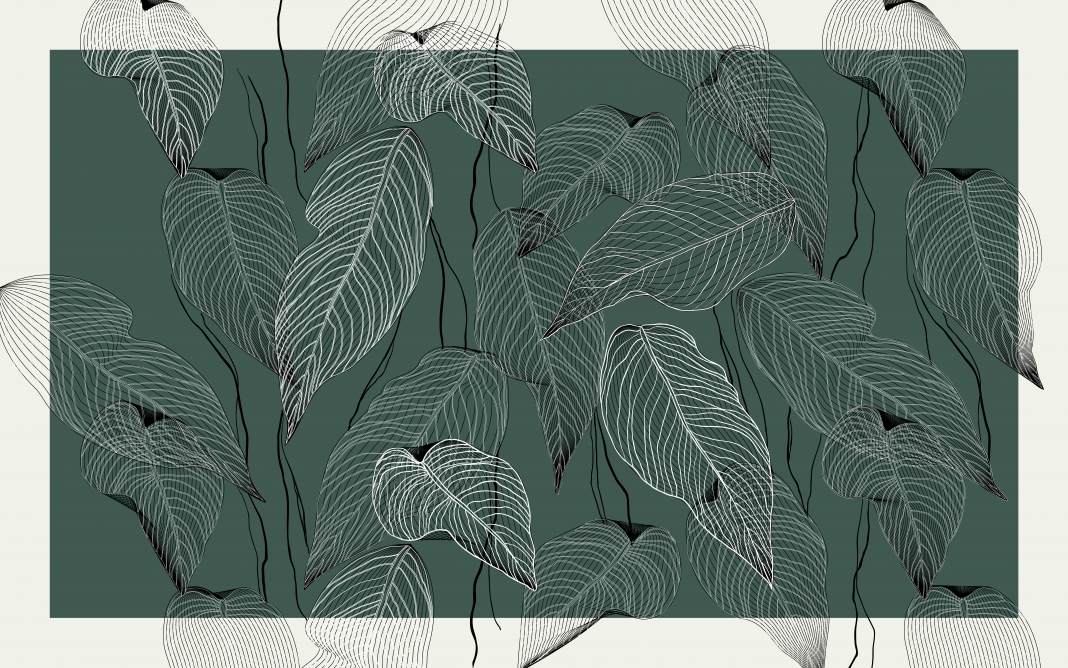Windows are a staple of The Medium office. There’s some meaning to be derived from them about transparency and the search for truth. But really, they’re just nice to look out of. On a regular weekday a year ago, we could have looked down at the first floor of the Student Centre to see students visiting the CFRE Radio, heading to a club’s office, or just hanging out with friends. A year ago, the windows facing the CCT building or Oscar Peterson Hall would have shown a much livelier scene, one with students, professors, and staff coming and going, weaving around each other as they headed to classrooms, offices, the library, or home.
Today, the campus is mostly empty, visited regularly by only caretakers and the casual passerby. Students still live in residence, but there are few of them. The echo in the Student Centre is more noticeable now. If we lived on campus with no connection to the outside world, one would think life had ceased to exist. The physical space of the campus feels frozen—stagnant.
But we know that’s not really the case. Across the country and around the world, UTM students are still pursuing higher education, cultivating their skills, and making the best of a tough year. They’re still growing.
In our first magazine, The Essential Issue, we went back to the basics and fleshed out our ideas of what we believed were the most essential parts of everyday life—the things we need to feel joy, security, and agency. This second magazine, The Growing Issue, came from a desire to look at where we can go from here. During a time that feels like we’re waiting for something to happen, where our lives don’t feel like they’re in our control, and where our futures seem blurry, it is still essential to grow.
In her novel Wintering, Katherine May writes, “Life meanders like a path through the woods. We have seasons when we flourish and seasons when the leaves fall from us, revealing our bare bones. Given time, they grow again.” Life is not linear, but stochastic and unpredictable.
The Growing Issue is focused on that journey, from point A to point B and back again; from adolescence to adulthood, from the first day of school to the last, from one relationship to the next. The pieces in this magazine explore themes of development, evolution, and change in an attempt to understand the different layers of growth: internal or external growth, a lack of growth, communal growth, or a resistance to growth. Progress is inherent to self-development, but so is circling back around to find yourself where you started, changed in one way or another.
The conceptual image of The Growing Issue is a tree, split into its composite parts: roots, trunk, branches, and leaves. Roots are a starting point. They lay the foundation for what’s to come and anchor the tree firmly in place. The trunk represents strength, cultivating resilience to the harshness of the external world. Branches invoke thoughts of community and the interconnectedness of humanity. Leaves simultaneously signal an end and a new beginning. They symbolize self-renewal, change, and cycles—of seasons, of time, and of life.
In their respective pieces, Elizabeth Provost writes about her complicated relationship with her home in Russia, while Sarah-May Oldfield speaks to the act of achieving success despite the expectations of our friends, family, and society. Chris Berberian provides an intimate portrayal of obsessive-compulsive disorder, and Sonia Romero Johnson details the lessons she’s learned about love while raising her puppy, Tuco. Vera Senel presents a thorough account of the effects of unsustainable industrialization in Turkey, and Justin Singh shows us how life after graduation isn’t always as clear-cut as we’d like it to be. Finally, in our pieces, we explore the divergent paths to health equity and the search for meaning in a meaningless world.
We offer no answers here, only experiences to be explored and built upon. As you’ll find throughout this magazine, there’s no one way to grow. It’s all just an attempt at something better.
Here’s to our attempt.
Ali and Paula



